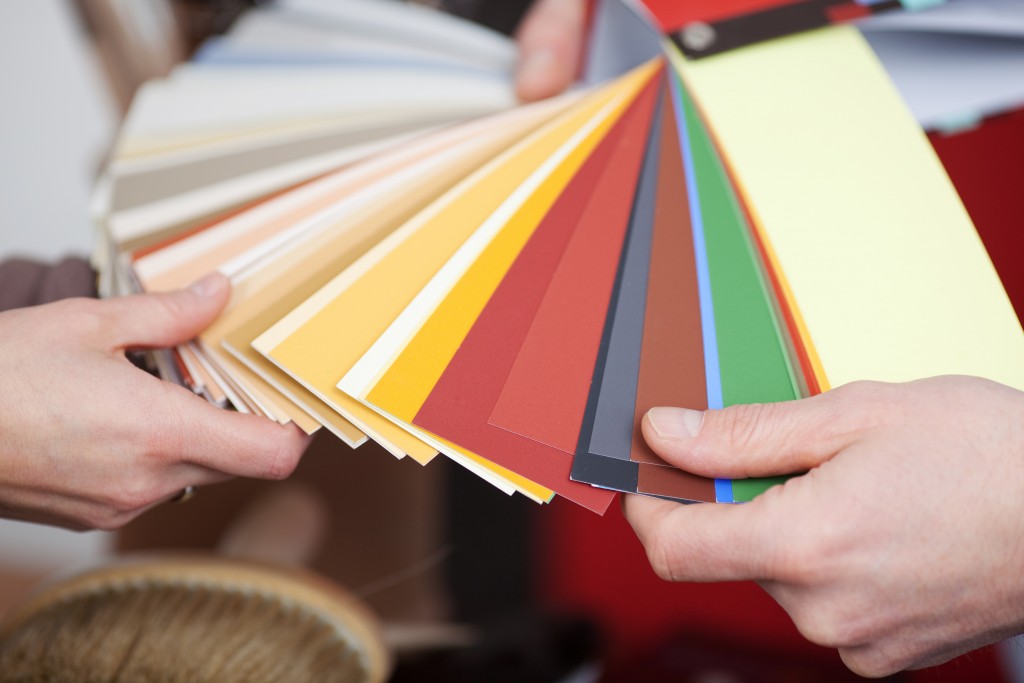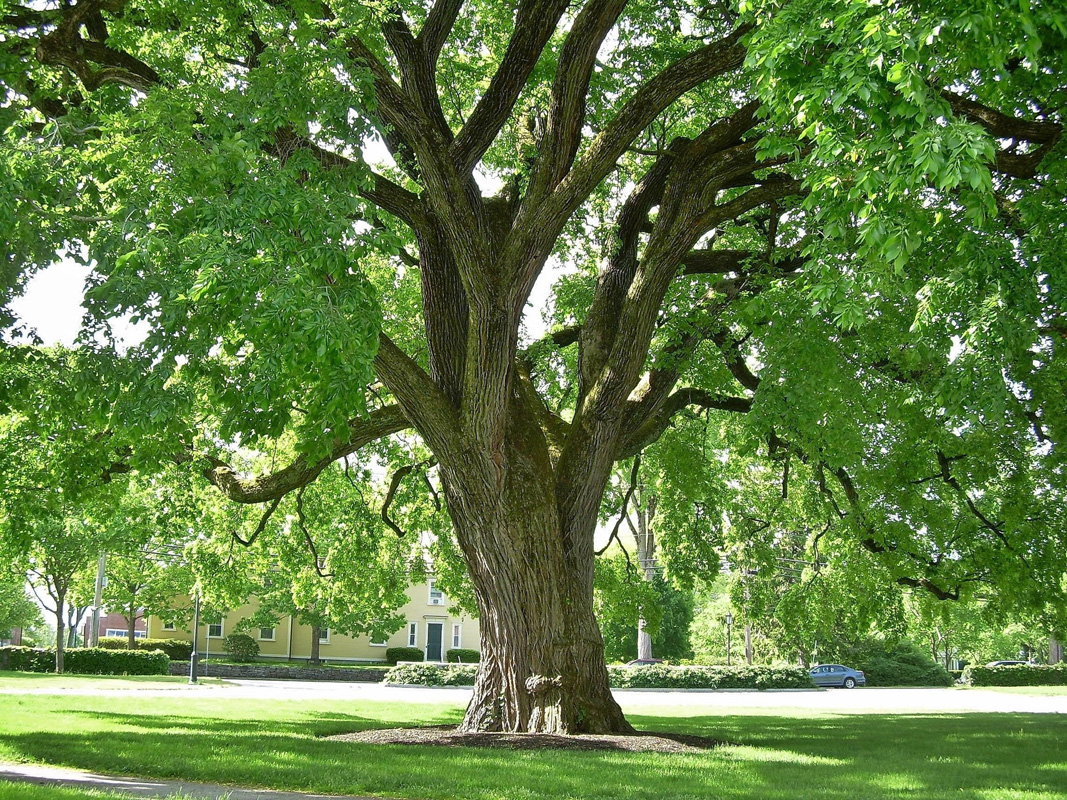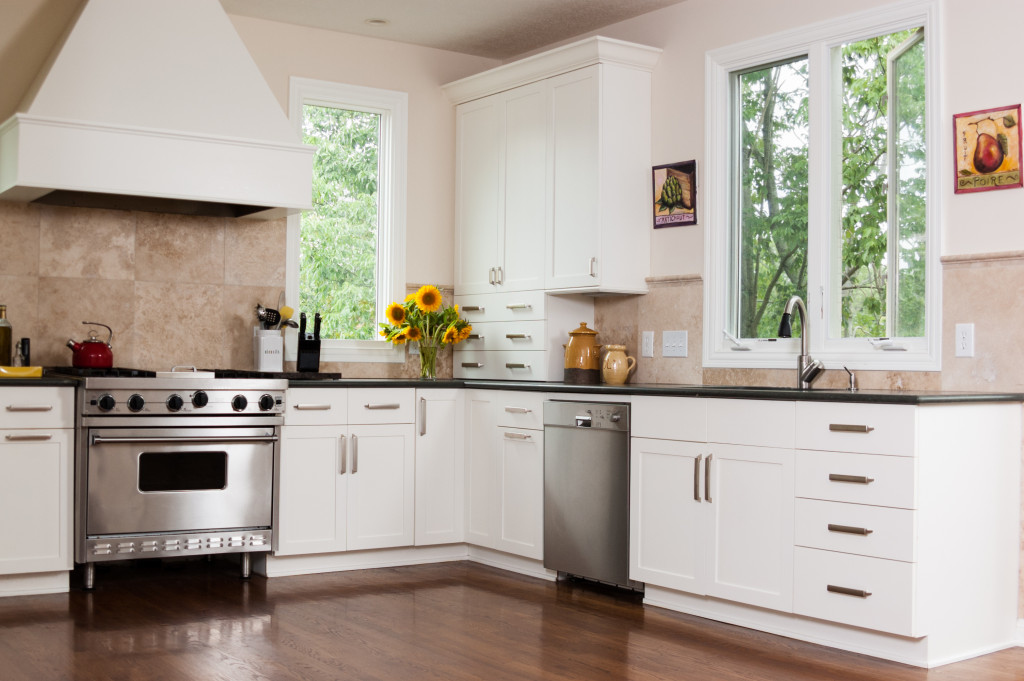Our homes need adequate ventilation to be comfortable. Climate and energy consumption are usually the main factors in this regard. But in the wake of the pandemic, concern over airborne transmission is also becoming a significant consideration.
Current ventilation systems might not be up to the task of ensuring safety from disease-carrying particles. How can we rethink our approach to indoor air comfort and quality?
The need for controlled comfort
The definition of comfort varies from person to person. As far as temperature and humidity are concerned, there are different variables that factor into our level of comfort. However, the local climate is typically the most significant.
According to the American Society of Heating, Refrigerating, and Air Conditioning Engineers (ASHRAE), comfortable temperature ranges from 68-74 °F in the winter, 72-80 °F in the summer. Meanwhile, a good range of relative humidity indoors would be 30-60%.
Staying within this comfortable range requires work. Even in places like Hawaii or California where the climate is generally agreeable all year round, there will be seasonal variations and in-day fluctuations. And if you live in a colder region, you need to warm the incoming air, perhaps adding moisture as well. Those in warmer, humid climates will require additional cooling and dehumidifying mechanisms.
This need forms the basis of our modern ventilation systems. And it also shapes our strategies for effectiveness and efficiency. In an ideal climate, you could get away with natural ventilation through openings in the building design, or leaving doors and windows open all day.
Spot ventilation can be used in specific areas, such as the kitchen or bathroom, to vent out excess moisture. But most homes today will require whole-house ventilation in order to maintain good air quality and a constant, comfortable indoor environment.
Lowering energy costs
For as long as the outside conditions are uncomfortable, creating a micro-climate within your home will actively consume energy. And this is where energy efficiency considerations come into play.
An HVAC system works by drawing in air from the outside and passing it through filters for purification, with a mechanism that either heats or cools it as appropriate. And if the system gets clogged or dirty, efficiency is lowered; that’s why regular duct cleaning is necessary to lower costs.
However, engineers have also designed many ventilation systems to be more efficient through recirculation. HVAC systems that recirculate air are able to reduce overall intake. A percentage of air with high carbon dioxide (from the respiration of occupants) gets recycled. Since it’s already at the desired temperature, less energy is spent on conditioning.
Recirculation-based design in HVAC systems is a boon to overall efficiency. But it also leads to unforeseen challenges in the new era of the pandemic.
Airborne transmission of Covid-19 can take place via particles of 0.8 to 0.16 microns in size. These could linger in the air for hours. In an indoor environment where multiple occupants could be breathing the same air for extended periods, that poses a problem. Many systems are unable to filter out such small particles, so recirculation greatly increases the chances of infection.
Managing the risks of transmission

Over the decades, homes have been designed increasingly for cost-effective comfort. We seal our buildings and rely on centralized systems to provide ventilation while recirculating air for better energy savings. These design considerations no longer work so well now that the coronavirus has changed our lives.
Fortunately, design has also been trending in a different direction as far as energy efficiency is concerned. Passive houses make use of hygiene ventilation systems to achieve adequate ventilation while drawing on a constant supply of fresh air. These designs maximize solar energy as well as existing internal sources of heat to create the same comfortable indoor environment with even lower fan power.
You can take other precautions in your home to reduce the risk of transmission. HEPA filters can be installed separately or as a replacement in any HVAC system. These have a better chance to block virus particles, although more studies need to be conducted on their effectiveness.
Changing behaviors can also help. Wearing face masks and staying in separate rooms, even if you’re living with friends and family, will lower the chances of infection.
Not all of these measures can be appealing to the average homeowner. But while the coronavirus looms as a threat, we’re all better off with multiple layers of risk reduction in place. And as you spend more time inside your home, controlling the quality of the air you breathe is an excellent place to start.






